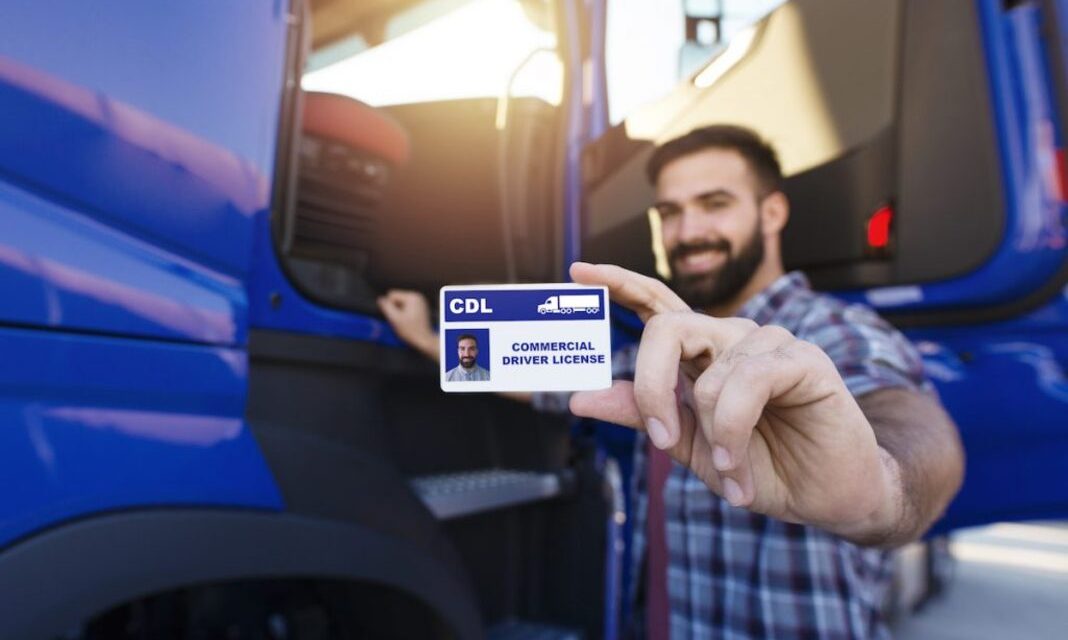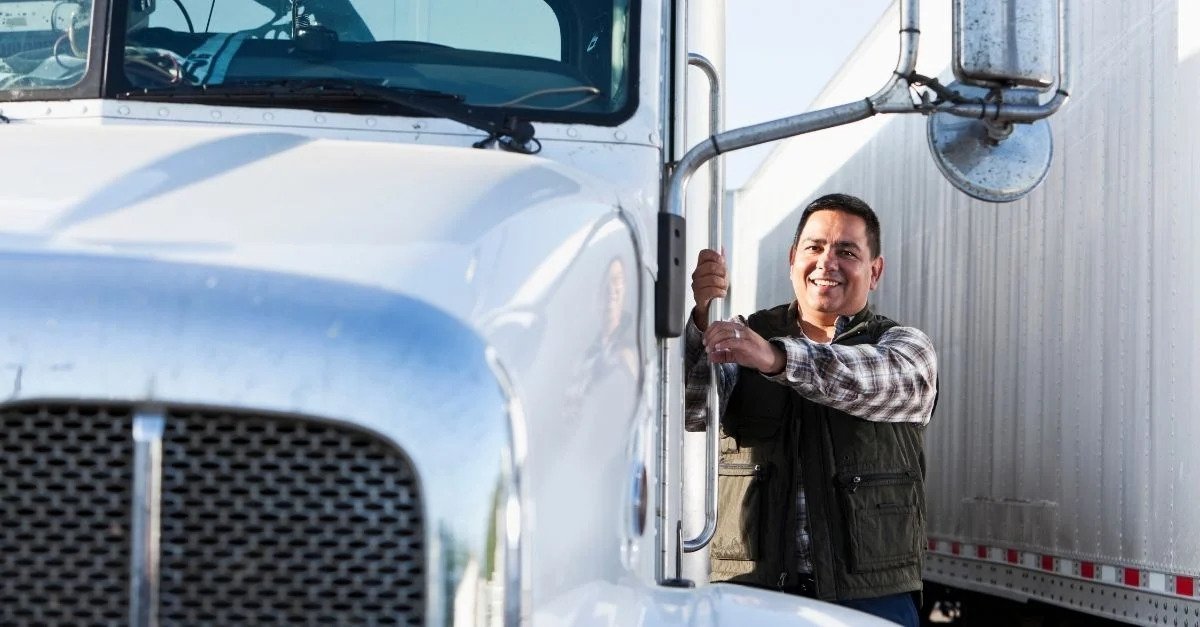House of Dispatch news
Blog
Do You Need a Special License to Drive a Flatbed Truck?

As their name implies, “flatbeds” consist of sturdy platforms typically constructed from wooden planks and enclosed by an aluminum shell. These platforms lack roofs and have either very low sides or no sides at all. Flatbeds find utility in transporting oversized cargo, especially items that cannot fit within enclosed trailers. Such cargo includes lumber, steel coils, automobiles, mobile homes, and heavy machinery.
Flatbed trailers typically exceed 50 feet in length and 8 feet in width. When dealing with cargo larger than these dimensions, it’s common to see multiple flatbeds connected together to accommodate it. The cargo on the flatbeds is securely fastened using ropes or ratchet straps and is shielded from the elements by tarpaulins held in place by ropes.
Proficiency in loading, securing, and tarping is essential for flatbed truck drivers. Due to the nature of the cargo, the physical labor involved, and the additional regulatory prerequisites related to standards and work procedures, skilled flatbed drivers can potentially earn up to $100,000 annually.

Flatbed Truck License
Individuals seeking to operate large commercial vehicles in the United States must obtain a commercial driver’s license (CDL). Depending on the type of cargo being transported, specific endorsements may be required. These endorsements might include a “P” endorsement for passenger transport, a “T” endorsement for liquid cargo in tanks, and an “H” endorsement for hazardous materials such as flammable, radioactive, or explosive substances. The CDL is categorized into three classes: A, B, and C.
Class A CDL
This license is mandatory for operating flatbeds, tractor-trailers, truck and trailer combinations, tank vehicles, and livestock carriers. It covers combinations with a gross weight exceeding 26,001 pounds, which are towing vehicles weighing over 10,000 pounds. Certain endorsements obtained with a Class A CDL can also permit the operation of Class B and Class C vehicles.
Class B CDL
A Class B license authorizes the operation of a single vehicle with a gross combined weight rating (GCWR) exceeding 26,000 pounds for towing a vehicle under 10,000 pounds. Vehicles falling under this class include straight trucks, box trucks, dump trucks with small trailers, large passenger buses, segmented buses, and select tractor-trailers. Certain endorsements acquired with a Class B CDL can also allow for the operation of Class C vehicles.
Class C CDL
A Class C license is obligatory for vehicles designed to carry 16 or more occupants or hazardous materials. This category encompasses small Hazardous Materials (HazMat) vehicles and passenger vehicles not covered by Class A or Class B licenses.
Requirements for Flatbed Truck License
For those seeking a flatbed truck driving license (Class A CDL), four tests must be passed:
- General Knowledge: This applies to all CDL types.
- Air Brakes Endorsement Exam: This covers the air brakes system, its proper utilization, and inspection.
- Combination Vehicle Exam: This includes various driving combinations, combination vehicle air brakes, anti-lock brake systems, coupling/uncoupling, and combination inspections.
- Pre-Trip Inspection: This encompasses internal and external inspections, emergency exits and evacuations, and special safety considerations.
In addition to these specific requirements for a flatbed truck license, the following must be met:
- Minimum age of 21 (though some states permit 18 to 20-year-olds to obtain a single-state CDL for driving only within their state until they reach 21).
- Possession of a regular driver’s license.
Reach Out to Us At House of Dispatch, we are dedicated to aiding trucking company owners/operators in boosting their earnings. Our services encompass exceptional dispatch, document management support, sharing of license prerequisites, and more. Get in touch with us today!
